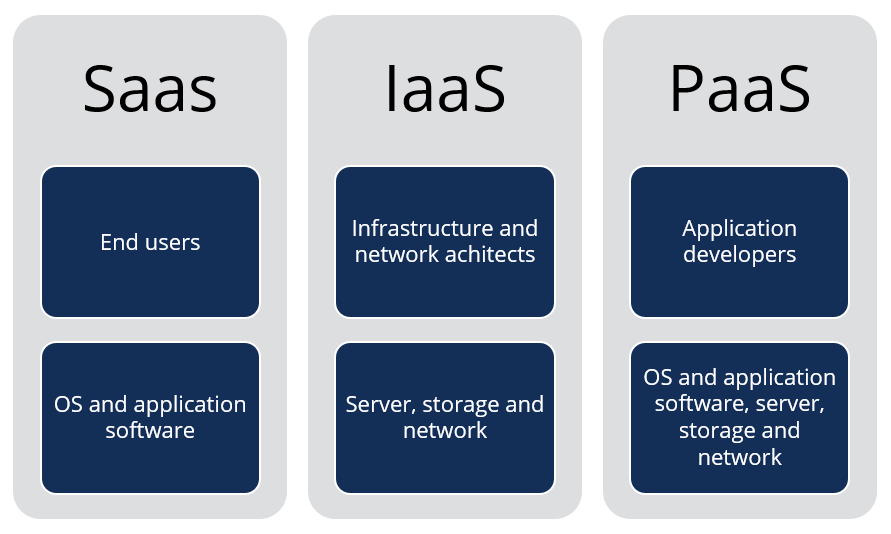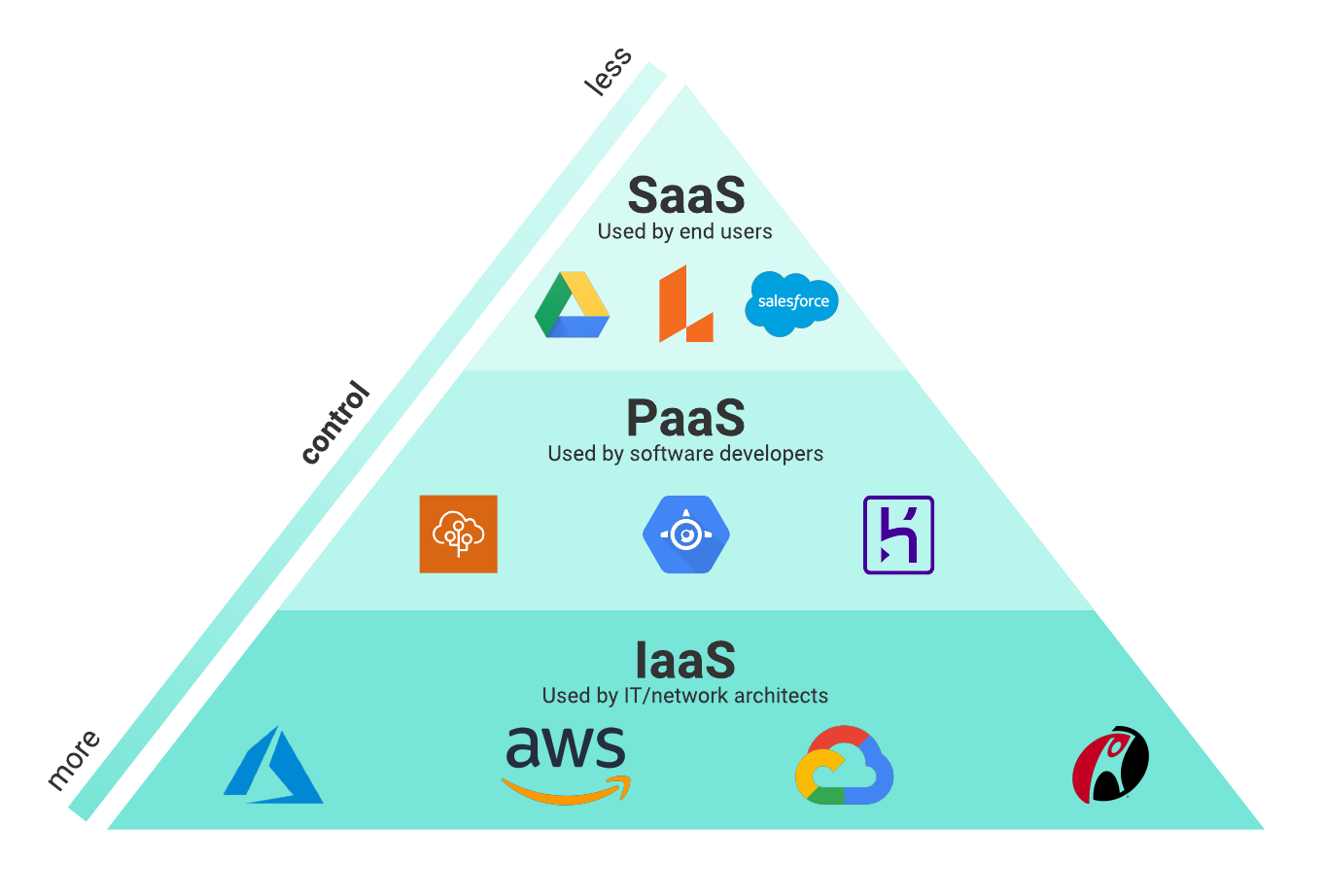Unlocking Success with LinkDaddy Cloud Services: Optimizing Universal Cloud Service Influence
Unlocking Success with LinkDaddy Cloud Services: Optimizing Universal Cloud Service Influence
Blog Article
Simplify Your Facilities With Cloud Services
As organizations navigate the ever-evolving landscape of innovation and information monitoring, the role of cloud services in streamlining framework has actually become increasingly famous. Just how can companies successfully browse this transition and absolutely unlock the potential of cloud services for simplifying their infrastructure?
Advantages of Cloud Services
Cloud services provide a streamlined strategy to handling IT facilities, offering companies with versatility, scalability, and cost-efficiency. One of the crucial benefits of cloud services is the scalability they supply.
In addition, cloud solutions get rid of the requirement for companies to buy expensive software and hardware. This cost-efficiency is a considerable benefit, especially for little to medium-sized enterprises looking to lessen ahead of time prices. By utilizing cloud services, organizations can access top quality IT resources without the substantial price connected with standard infrastructure arrangements.
Moreover, cloud services offer organizations with the flexibility to access their data and applications from anywhere with a net link. This level of access enhances cooperation among groups, makes it possible for remote work, and enhances total productivity. The flexibility used by cloud solutions encourages businesses to adapt rapidly to altering market problems and consumer needs.
Price Savings and Scalability
In addition to the operational advantages highlighted previously, the assimilation of cloud services into a company's facilities generates substantial cost financial savings and boosted scalability. Cloud services supply a pay-as-you-go version, enabling companies to scale sources up or down based on current requirements, consequently preventing the costs associated with maintaining excess capacity. This versatility allows business to adapt rapidly to varying demands without incurring unneeded expenditures.
In addition, cloud solutions get rid of the need for upfront investments in hardware and software, reducing capital investment. Business expenses are additionally lessened as companies no longer require to handle and preserve physical servers, resulting in lower energy intake and IT staffing prices. In addition, cloud solutions provide automatic updates and maintenance, making certain that the framework continues to be protected and up-to-date without needing hands-on treatments.
Improved Safety Actions
Applying rigorous safety steps is paramount when incorporating cloud services right into a business's facilities to guard delicate information and guarantee conformity with industry laws. Cloud company supply improved safety attributes such as data file encryption, firewall program protection, and multi-factor authentication to alleviate cybersecurity threats. Encryption helps secure information both at remainder and en route, making sure that just accredited users can access sensitive info. Firewall softwares function as an obstacle in between internal networks and external risks, tracking and managing inbound and outbound network website traffic. Multi-factor authentication includes an additional layer of security by calling for customers to supply multiple types of confirmation prior to accessing the cloud services.
Moreover, routine safety and security audits and conformity evaluations assist recognize susceptabilities and make certain adherence to industry standards. Business can likewise profit from features like automated security updates and real-time hazard surveillance given by cloud company. By prioritizing safety and security measures and remaining proactive in addressing prospective risks, businesses can with confidence take advantage of cloud solutions while securing their useful information from unapproved access or breaches.
Transitioning to Cloud Facilities
To effectively incorporate cloud services right into a company's infrastructure, a structured strategy that deals with the change towards cloud-based options is crucial. Transitioning to shadow infrastructure includes mindful planning and execution to make sure a smooth movement process. The very first step is to analyze the present framework and determine which applications and systems are ideal for migration to the cloud. This examination needs to consider elements such as data level of sensitivity, compliance requirements, and efficiency demands.
Once the assessment is complete, a migration technique must be developed. This strategy should outline the timeline, sources, and duties for moving each part to the cloud. It is vital to connect visit their website this strategy plainly to all stakeholders to guarantee placement and lessen interruptions throughout the shift.
During the movement process, screening and tracking are critical to recognize and attend to any type of issues without delay. Routine checkpoints ought to be developed to track development and make required adjustments. In addition, training for staff members on utilizing cloud services need to be supplied to make sure a successful shift and take full advantage of the benefits of the brand-new facilities.
Best Practices for Cloud Fostering
Successful fostering of cloud services rests on the calculated alignment of organization goals with technical abilities and business readiness. To make certain a smooth transition to the cloud, companies ought to begin by conducting a thorough evaluation of their existing facilities and recognizing which work are best suited for cloud migration. It is vital to include essential stakeholders from different departments in the decision-making process to get buy-in and address any type of concerns early.
An additional best method helpful hints for cloud fostering is to prioritize safety and conformity. Organizations must meticulously assess the safety actions provided by cloud service carriers and ensure that their data is safeguarded according to market criteria and governing requirements. Executing durable information security, access controls, and regular safety audits can assist minimize risks connected with cloud adoption.

Conclusion

As services browse the ever-evolving landscape of modern technology and data administration, the role of cloud services in streamlining infrastructure has come to be increasingly famous - cloud services press release. Just how can companies successfully browse this transition and absolutely open the potential of cloud services for simplifying their facilities?
Cloud services offer a streamlined technique to handling IT framework, giving companies with cost-efficiency, flexibility, and scalability. By utilizing cloud services, companies can access high-grade IT sources without the hefty price tag associated with traditional infrastructure setups.
To ensure a smooth transition to the cloud, organizations should start by performing a thorough analysis of their existing facilities and determining which workloads are best suited for cloud migration.
Report this page